Disclosure: This article contains affiliate links. We may earn a commission from purchases at no extra cost to you, which helps our travel content.
The first time I bit into a fresh, cinnamon-dusted chimney cake (kürtőskalács) on a crisp Budapest autumn morning, I understood why this city has become a culinary destination that rivals Europe's most celebrated food capitals. As someone who's explored desert landscapes and ancient bridges across continents, I've developed a particular appreciation for places where history and culture manifest through food. Budapest—with its imperial coffeehouses, bustling markets, and innovative ruin bars—tells its complex story through every bite and sip. What began as a spontaneous weekend getaway with my law school friend Elena quickly transformed into a revelation about how a city's turbulent past and vibrant present can be understood through its culinary traditions. Whether you're planning a romantic weekend or simply seeking authentic flavors, Budapest in fall offers a perfect backdrop for culinary exploration—when summer crowds have thinned and the city takes on a golden glow that matches the warmth of Hungarian hospitality.
Historic Coffeehouses: Budapest's Living Cultural Heritage
Budapest's coffeehouses aren't merely places to grab caffeine—they're institutions where revolutions were planned, literary masterpieces were penned, and the intellectual pulse of Central Europe beat strongest. Walking into New York Café feels like stepping onto a baroque theater set, with its frescoed ceilings, gilded columns, and red velvet upholstery. Though admittedly touristy now, the atmosphere remains undeniably magical.
My personal favorite, however, is Café Gerbeaud, where I spent a rainy afternoon watching pedestrians hurry across Vörösmarty Square while savoring their signature Esterházy torte—layers of buttercream and walnut pastry that simply dissolve on your tongue. The coffee culture here isn't rushed; it's meant to be experienced slowly, deliberately.
For something less on the tourist radar, seek out Ruszwurm in the Castle District. Operating since 1827, this tiny confectionery serves traditional Hungarian cakes in a space that feels frozen in time. Their krémes—a vanilla custard slice—is worth every calorie and the climb up Castle Hill.
What struck me most about these spaces was how they function as living museums where you can actively participate in a tradition spanning centuries. While the grand cafés charge premium prices, they offer an experience that connects you directly to Budapest's golden age—something I've found particularly meaningful when traveling to understand a place's cultural context.
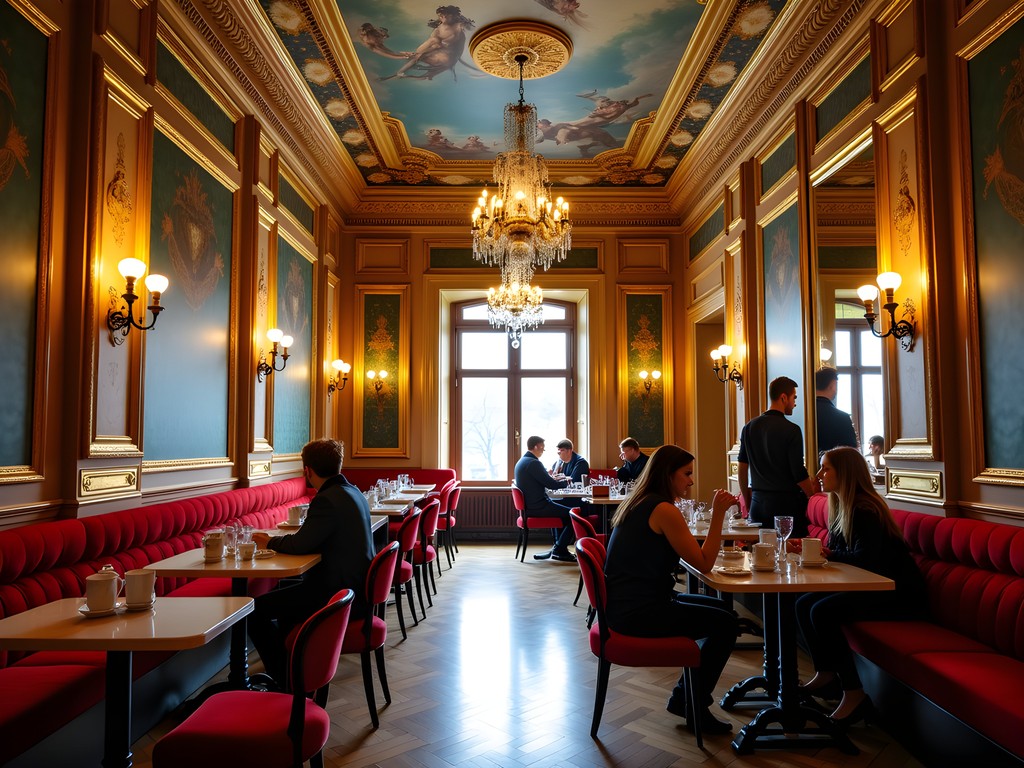
💡 Pro Tips
- Visit historic cafés during weekday mornings to avoid the worst crowds
- Most coffeehouses accept credit cards, but smaller establishments may prefer cash
- Don't rush—a proper coffeehouse experience should last at least an hour
Great Market Hall: A Feast for the Senses
If you want to understand Hungarian cuisine at its most authentic, spend a morning at the Great Market Hall (Nagycsarnok). This neo-Gothic building dating from 1897 houses a dazzling array of food stalls spread across three floors. I've visited markets from Morocco to Mexico, and Budapest's central market ranks among the most visually stunning and gastronomically rewarding.
The ground floor is a riot of color and aroma—paprika vendors displaying dozens of varieties from sweet to fiery, butchers showcasing Hungary's renowned salamis, and produce stands overflowing with seasonal bounty. In fall, look for fresh mushrooms, quince, and purple cabbage that feature prominently in autumn Hungarian cooking.
Before diving in, I recommend orienting yourself with a proper market tour. On my first visit, I was fortunate to book a small-group experience with a local chef who explained the significance of ingredients I might have otherwise overlooked. She pointed out the difference between authentic Hungarian paprika and tourist versions, introduced us to túró (a fresh curd cheese central to Hungarian cuisine), and explained why Hungarian sour cream (tejföl) is unlike any other.
For the full experience, head upstairs where food stalls serve traditional dishes. This is where I had my first taste of authentic lángos—fried dough topped with sour cream and cheese—which puts carnival food to shame. Bring your reusable shopping bag to collect treasures like vacuum-sealed paprika, honey, or pickles that make perfect edible souvenirs.
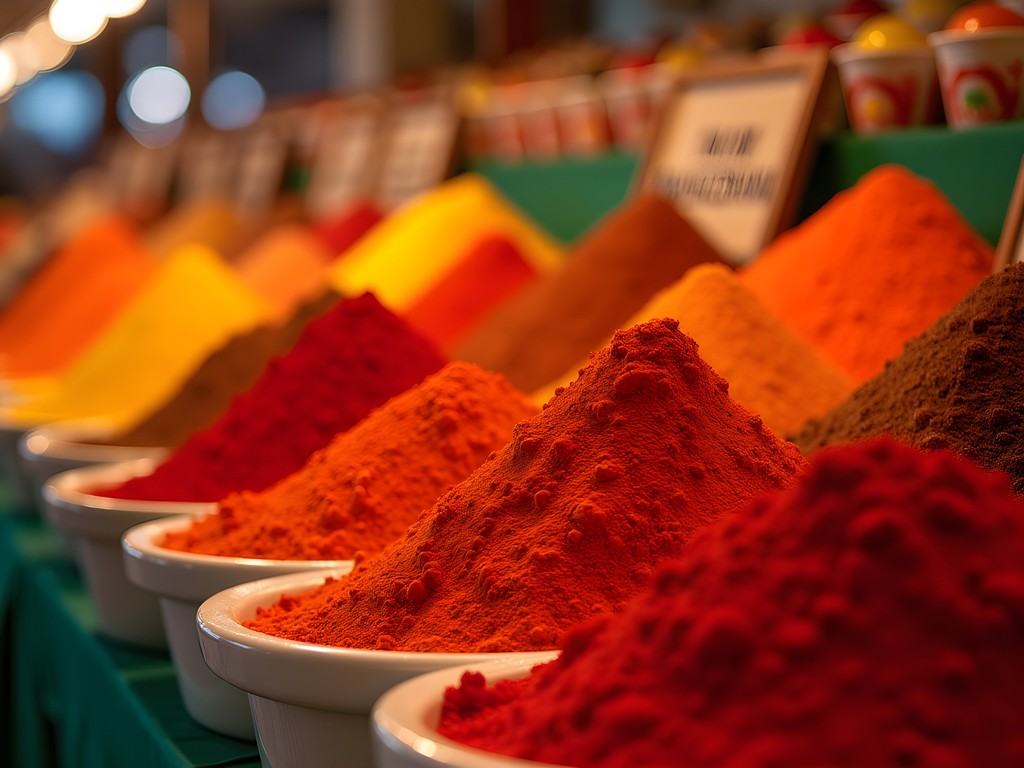
💡 Pro Tips
- Visit on weekday mornings to avoid weekend crowds
- Bring cash in Hungarian Forint as many smaller vendors don't accept cards
- Sample before buying—most vendors offer tastes of salamis, cheeses, and preserves
Traditional Hungarian Cuisine Reimagined
Hungarian cuisine extends far beyond the goulash that most visitors associate with the country. My legal background has taught me to look beyond surface narratives, and Budapest's food scene rewards those willing to dig deeper. The city is experiencing a culinary renaissance where chefs are reinterpreting classic dishes with modern techniques while honoring traditional flavors.
Stand Restaurant exemplifies this balance perfectly. Located near the Opera House, this Michelin-starred establishment serves refined versions of Hungarian classics. Their duck liver pâté with Tokaji wine jelly demonstrates how traditional ingredients can be elevated without losing their soul. While definitely a splurge, their tasting menu offers an education in Hungarian cuisine's potential.
For something more accessible but equally authentic, I recommend Kispiac Bisztró, where locals outnumber tourists. Their seasonal menu changes regularly, but their pork knuckle with horseradish cream and their mushroom paprikash showcase how hearty Hungarian flavors can be sophisticated without pretension.
What impressed me most was how these restaurants approach Hungary's culinary heritage with both respect and innovation. Many incorporate forgotten ingredients or techniques from rural traditions that nearly disappeared during the communist era.
During fall visits, look for game dishes, mushroom-based specialties, and anything featuring fresh autumn produce. Hungarian wine pairings are essential to the experience—particularly reds from Villány or whites from Somló that rarely make it to international markets. I particularly enjoyed learning about Hungary's volcanic wines, which have mineral qualities similar to those I've tasted in Sicily but with distinctive Central European grape varieties.

💡 Pro Tips
- Make reservations at least a week in advance for fine dining establishments
- Ask for wine recommendations—servers are generally knowledgeable about regional pairings
- Consider lunch for high-end restaurants, as prices are often lower than dinner
Ruin Bars: From Communist Decay to Culinary Playgrounds
No culinary tour of Budapest would be complete without exploring the phenomenon of ruin bars—abandoned buildings and factories transformed into eclectic drinking and dining spaces. As someone fascinated by how communities repurpose spaces (much like the smart-city initiatives I've studied on tribal lands), Budapest's ruin bar scene represents a perfect case study in creative urban renewal.
Szimpla Kert, the original ruin bar that started the movement, remains a must-visit despite its popularity. What began as a protest against urban decay has evolved into a cultural institution. During daytime hours, it's actually quite calm—perfect for couples to explore the bizarre décor ranging from bathtub seating to communist-era artifacts. Sunday mornings host a farmers' market where local producers sell artisanal foods in this unlikely setting.
Beyond Szimpla, the ruin bar concept has evolved to include serious culinary offerings. Mazel Tov reimagines the ruin bar as a Middle Eastern garden restaurant serving exceptional Israeli-Hungarian fusion cuisine. Their shakshuka with Hungarian sausage perfectly symbolizes Budapest's position at the crossroads of culinary traditions.
For an evening experience, bring a reliable pocket flashlight to navigate some of the dimly lit corners and hidden rooms that make these spaces so magical. Many ruin bars are located in the historic Jewish Quarter, where narrow streets and unmarked entrances can be challenging to find after dark.
What makes these spaces special isn't just the food and drink but the conversations they foster. I've found that ruin bars attract both locals and visitors interested in Budapest's history, creating natural opportunities for cultural exchange. One evening, our simple question about a Hungarian beer led to an hour-long conversation with a local architect about how these spaces represent Budapest's approach to historical preservation—maintaining the patina of history while creating something entirely new.
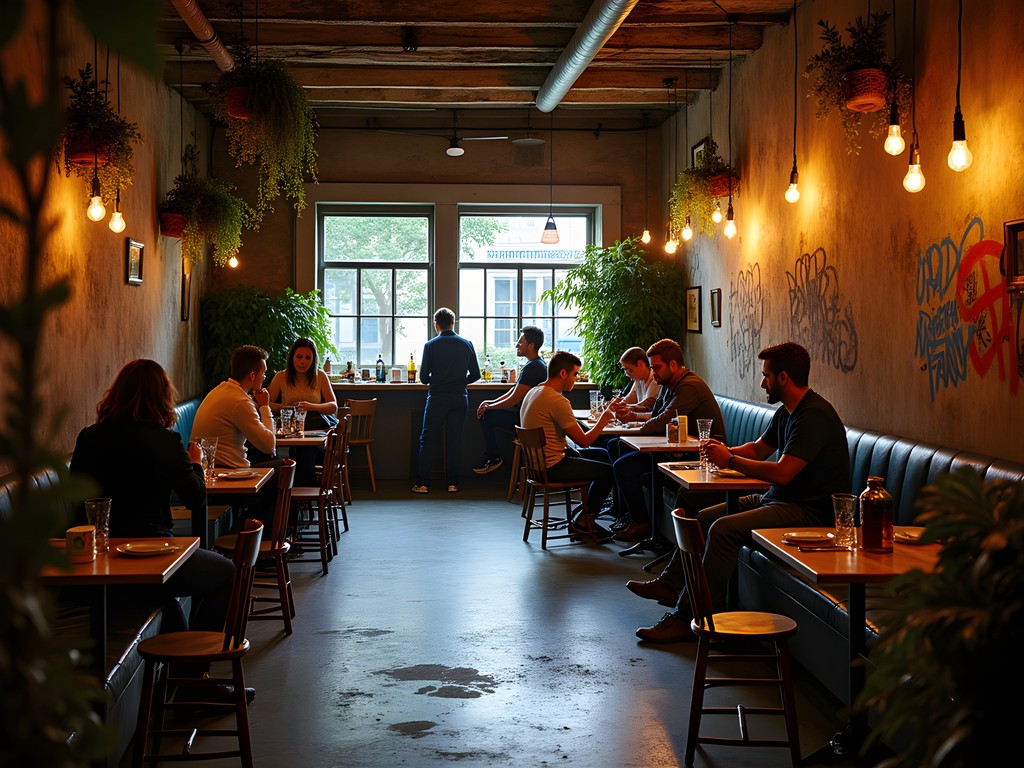
💡 Pro Tips
- Visit popular ruin bars like Szimpla Kert during afternoon hours to avoid evening crowds
- Many ruin bars now serve excellent food, not just drinks
- Look beyond the famous spots—newer ruin bars often offer more authentic experiences
Wine Culture: Beyond Tokaji
While Hungarian cuisine has earned its rightful place on the global stage, the country's wines remain surprisingly under-recognized outside Central Europe. My legal work has taught me to appreciate evidence and details, and Hungary's winemaking tradition—dating back to Roman times—offers compelling evidence of a wine culture that deserves wider recognition.
Most visitors know Tokaji, the legendary sweet wine, but Budapest offers opportunities to explore Hungary's diverse wine regions without leaving the city. I recommend starting at Doblo Wine Bar in the Jewish Quarter, where knowledgeable staff guide you through regional tastings in an atmospheric cellar setting. Their flight of volcanic wines opened my eyes to flavor profiles I'd never encountered.
For a more immersive experience, book a tasting at Fővám Wine Gallery near the Great Market Hall, where sommelier-led sessions explore Hungarian wine history alongside generous pours. They explained how Hungary's 22 wine regions produce everything from light, mineral-driven whites to robust, spicy reds that can stand alongside the world's best.
What makes Budapest's wine scene special is its accessibility. Unlike some European capitals where wine culture feels intimidating, Budapest's wine bars welcome curious beginners. Most venues offer English explanations and reasonable prices that encourage exploration.
For wine enthusiasts planning multiple tastings, I recommend bringing a wine journal to record your discoveries. Hungarian grape varieties like Furmint, Hárslevelű, and Kadarka have distinctive characteristics worth remembering, and you'll likely encounter wines unavailable in your home country.
During my visit, I was particularly moved by how winemakers described their work as cultural preservation. Many historic vineyards were neglected during the communist era, and today's producers see themselves as reclaiming Hungarian heritage one vineyard at a time—a perspective that resonated with my own interest in how communities maintain cultural traditions through changing political landscapes.
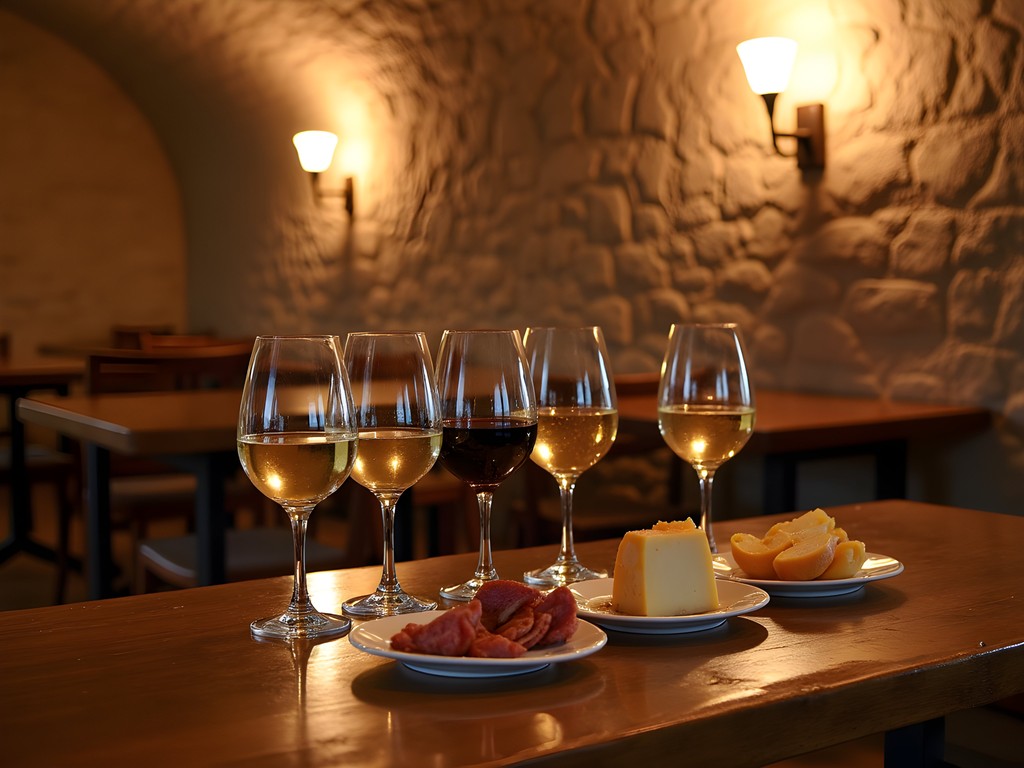
💡 Pro Tips
- Book guided tastings in advance, especially during peak season
- Consider visiting Etyek wine region, just 30 minutes from Budapest, for a half-day vineyard tour
- Look for wines made from indigenous Hungarian grapes rather than international varieties
Final Thoughts
As our weekend in Budapest drew to a close, I found myself reflecting on how this city tells its complex story through food and drink. From coffeehouses that witnessed the Habsburg Empire's grandeur to ruin bars born from post-communist creative resilience, Budapest's culinary landscape offers more than delicious flavors—it provides insight into a nation's soul. Like the bridges spanning the Danube that have been destroyed and rebuilt throughout history, Hungarian cuisine represents continuity amid constant change. Whether you're seeking romance over wine in centuries-old cellars or adventure through modern reinterpretations of traditional flavors, Budapest rewards curious travelers willing to look beyond the obvious. As you plan your own culinary journey through this remarkable city, remember that the most memorable experiences often happen when you slow down, ask questions, and approach each meal as both nourishment and narrative.
✨ Key Takeaways
- Budapest's fall season offers the perfect balance of mild weather and reduced crowds for culinary exploration
- Move beyond goulash to discover the remarkable diversity of Hungarian cuisine, from street food to fine dining
- Historic coffeehouses and innovative ruin bars bookend Budapest's culinary experience, showcasing how food spaces reflect cultural history
- Hungarian wine deserves attention beyond Tokaji, with indigenous grape varieties offering unique flavor profiles
📋 Practical Information
Best Time to Visit
September to November
Budget Estimate
$100-150 per day per person for food and accommodations
Recommended Duration
3-4 days
Difficulty Level
Easy



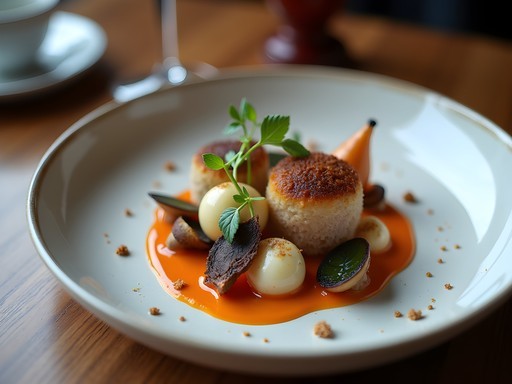
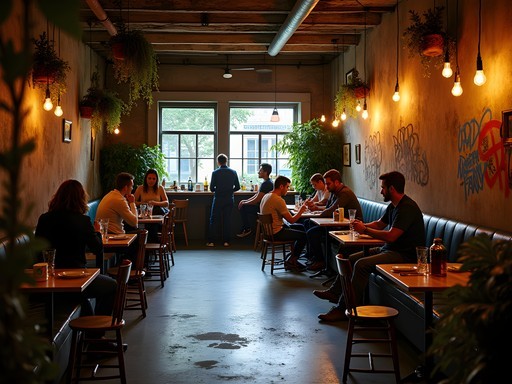
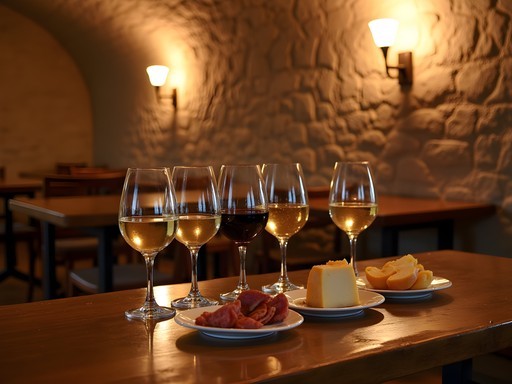






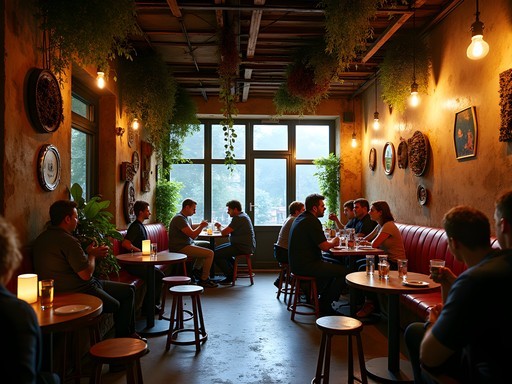

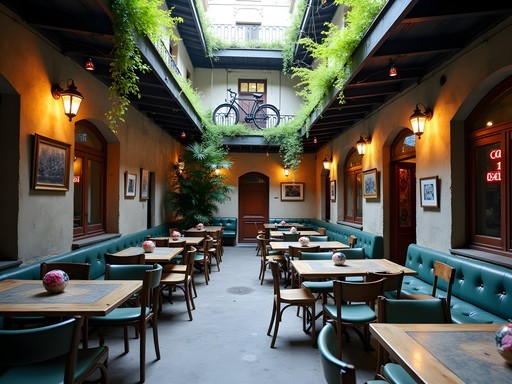

Comments
wanderlustlegend
Just got back from Budapest last month and this post is giving me serious food nostalgia! We did a cooking class where we learned to make proper goulash and it was NOTHING like what I thought goulash was. So much paprika! The coffeehouses were incredible too - we spent a rainy afternoon at Centrál Café reading books and people-watching. Absolute perfection. One tip: the Great Market Hall gets super crowded around noon, so go early if you can!
tripwalker
Going to Budapest in November. Any specific ruin bars that are less touristy? Szimpla Kert seems to be in every guidebook now.
wanderlustlegend
Try Fogasház! Way more locals and the food stalls there are amazing. Also Anker't if it's still open!
Taylor Moreau
I'd second Fogasház and also recommend Ellátó Kert for a more local experience. November will be chilly - bring layers as some ruin bars have outdoor sections that are partially heated. I found the pocket guide quite useful for navigating the less touristy spots in the Jewish Quarter.
Taylor Moreau
Excellent write-up, Savannah! I've been taking corporate clients to Budapest for years, and your assessment of the coffee culture is spot on. New York Café tends to be crowded with tourists these days, but I'd add that Café Gerbeaud still maintains its authentic charm despite its popularity. For business travelers with limited time, I recommend a morning at the Great Market Hall followed by an evening food tour through District VII. The contrast between traditional Hungarian cuisine and the innovative dishes at places like Mazel Tov in the Jewish Quarter demonstrates Budapest's fascinating culinary evolution. Your description of the ruin bars brought back memories of my first Unicum experience - quite the acquired taste!
tripwalker
Is Unicum really that bad? I've heard mixed things and I'm heading to Budapest next month.
Taylor Moreau
It's definitely an acquired taste - very herbal and bitter! I'd say try a small one first before committing to a full glass. Some people love it, others find it medicinal.
wanderlustlegend
I thought it tasted like cough syrup lol! But when in Budapest...
wanderlustlegend
Those chimney cakes are LIFE-CHANGING! I still dream about them!
Taylor Moreau
Agreed! I always tell my clients they're a non-negotiable Budapest experience. Did you try the Nutella-filled ones?
wanderlustlegend
Yes! The Nutella ones were amazing but my favorite was actually the vanilla cream filled. Pure heaven!
Amit Sullivan
Savannah, your post captures the essence of Budapest's culinary renaissance perfectly! My wife and I spent a month there last autumn, and the interplay between tradition and innovation in Hungarian cuisine was fascinating. There's a poignant story behind those ruin bars - they represent Budapest's ability to transform hardship into creativity. During Communist times, the Jewish Quarter was deliberately neglected, and after the regime fell, these abandoned buildings could have been demolished. Instead, young entrepreneurs reclaimed them as cultural spaces. I remember chatting with an elderly gentleman at Szimpla who told me he'd lived in the building as a child. Seeing him enjoy a craft beer in what used to be his childhood home, surrounded by international visitors, felt like the perfect metaphor for Budapest itself - honoring the past while boldly stepping into the future. If you return, try the seasonal menus at Gettó Rooster - they're doing remarkable things with traditional Hungarian game meats.
greenseeker
Great post! If you're into wine, don't miss the wine cellars near Buda Castle. We did a Hungarian wine tasting tour that completely changed my perception of Eastern European wines. The Furmint and Kadarka varieties were standouts. Also, for those with dietary restrictions, I found Budapest surprisingly accommodating - many places had English menus with allergy information, which was a huge relief for my gluten-free friend.
waveninja
Those chimney cakes are LIFE CHANGING! Get them fresh and warm with cinnamon sugar!
springninja
Going to Budapest in October for a long weekend. Is it possible to fit in most of these food spots in just 3 days? And do I need to book the popular coffeehouses in advance?
Amit Sullivan
October is a perfect time to visit! For a 3-day trip, I'd recommend prioritizing one major coffeehouse (New York Café books up fast, so yes to reservations there), the Great Market Hall for lunch one day, and 1-2 ruin bars in the evening. Budapest is surprisingly walkable if you stay central, so you can fit quite a bit in. I'd suggest carrying my pocket guide which has excellent neighborhood food maps that helped us maximize our culinary adventures without wasting time.
springninja
Thanks so much! Will definitely book New York Café in advance then. Can't wait to try the chimney cakes!
Frank Garcia
Solid breakdown of Budapest's food scene! I've been tracking the evolution of ruin bars since 2018, and it's fascinating how they've transformed from basic drinking spots to legitimate culinary destinations. Szimpla Kert's Sunday farmers' market is actually one of my favorite food experiences in the city - much less touristy than their regular hours. If you're looking for something off the beaten path, check out Élesztő, a craft beer garden in the 9th district with rotating food stalls. Their selection of local microbrews pairs perfectly with traditional Hungarian street food that's been given modern twists. The langos with pulled pork and pickled red onions is particularly mind-blowing.
cityexplorer
This post brought back so many memories! I spent a week in Budapest last year and the food scene absolutely blew me away. The New York Café was definitely a highlight - yes, touristy and a bit pricey, but that ceiling is worth every penny! I'd add Mazel Tov to your ruin bar list - their Israeli-Hungarian fusion dishes were incredible and the fairy lights in the evening create such a magical atmosphere. Did anyone else find Hungarian portions absolutely enormous? I could barely finish half my meals!
waveninja
OMG yes to the portion sizes! My husband and I started sharing everything after the first day. Even the street food was massive!
cityexplorer
Right? I think I gained 5 pounds in a week despite walking everywhere!
Venture X
Premium card with 2X miles, $300 travel credit, Priority Pass